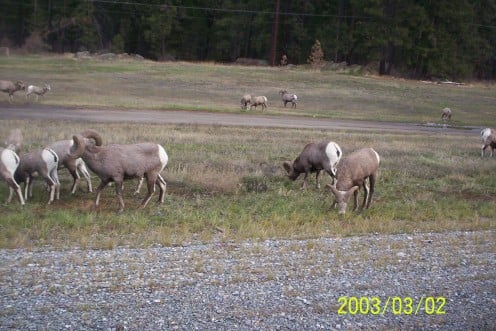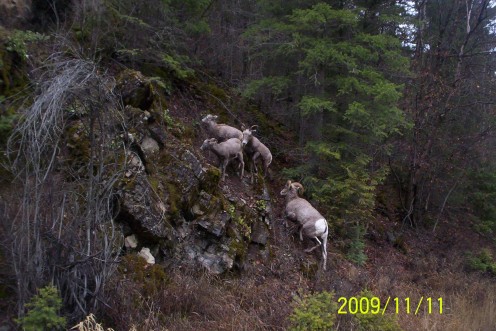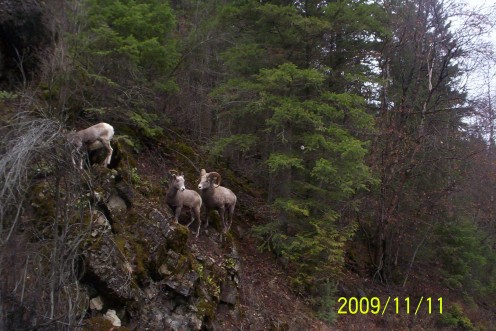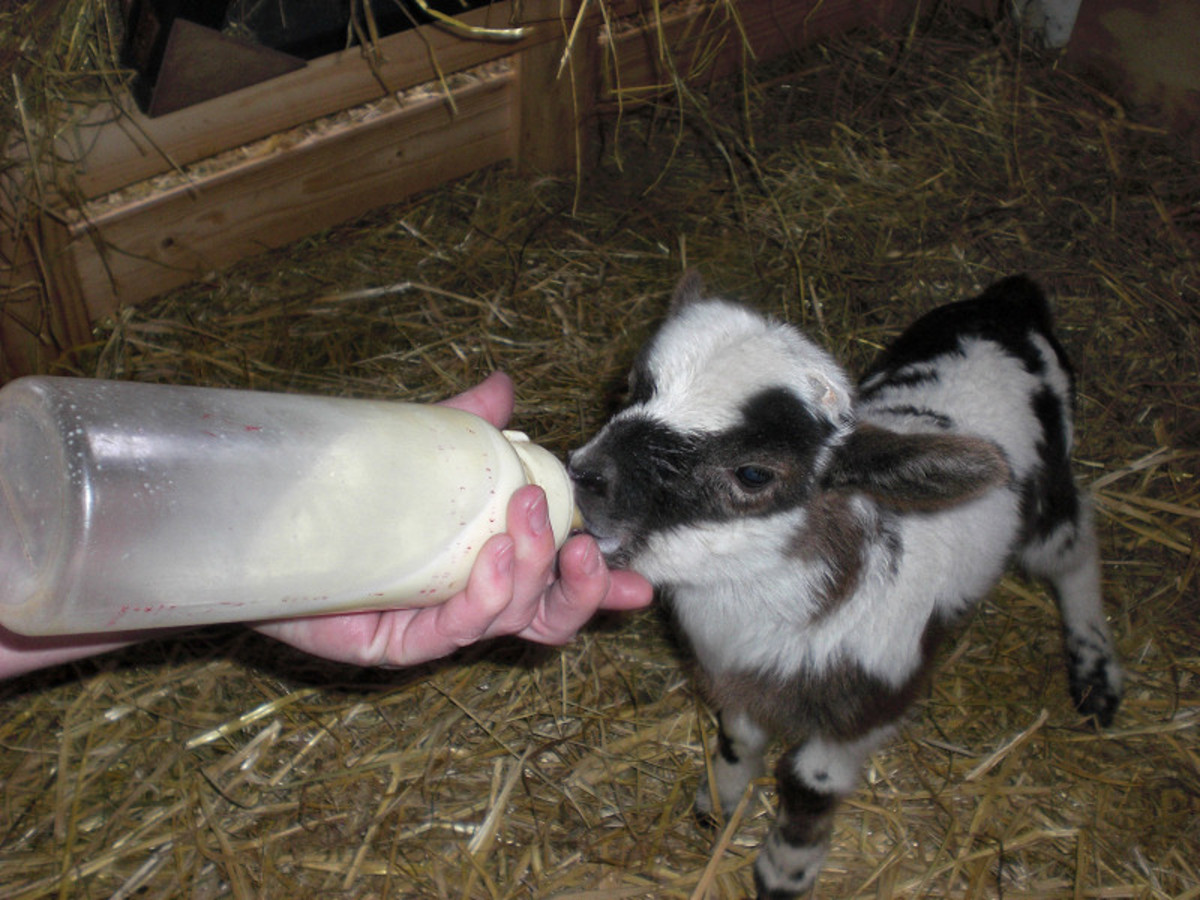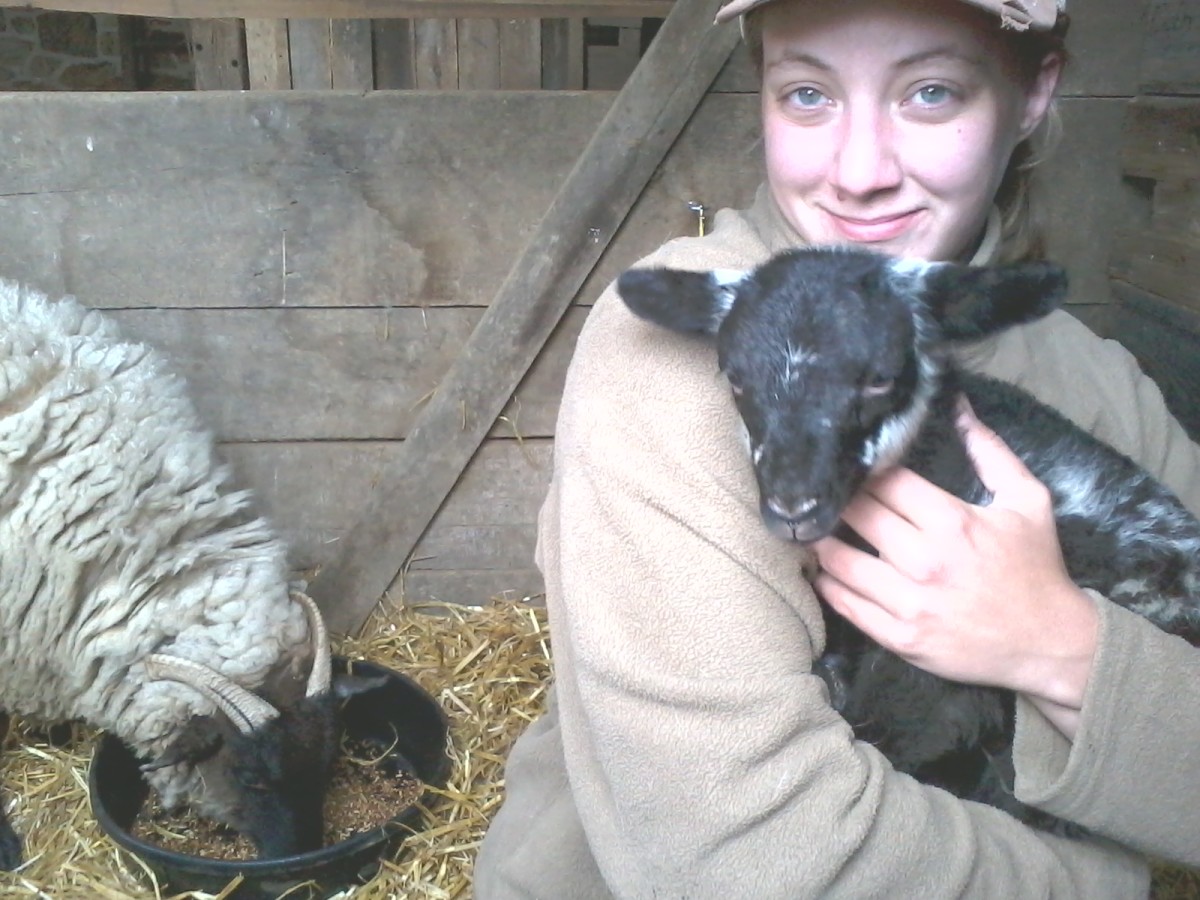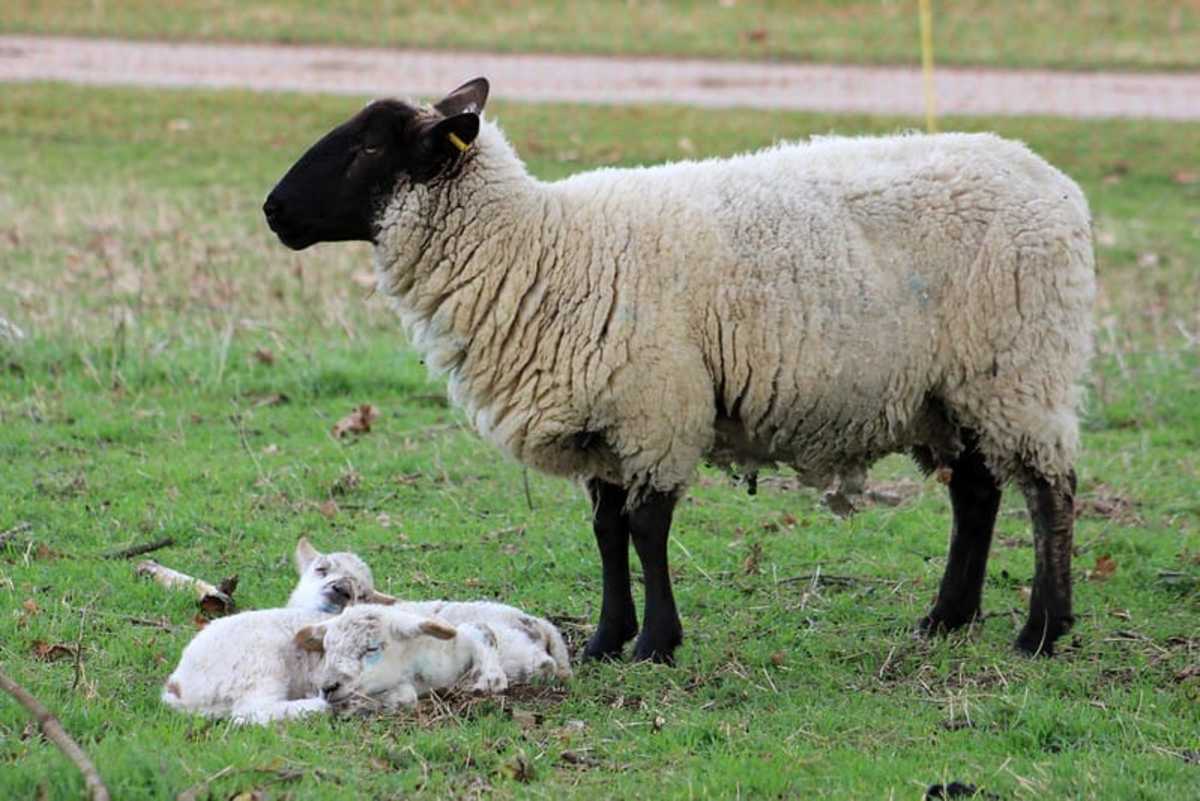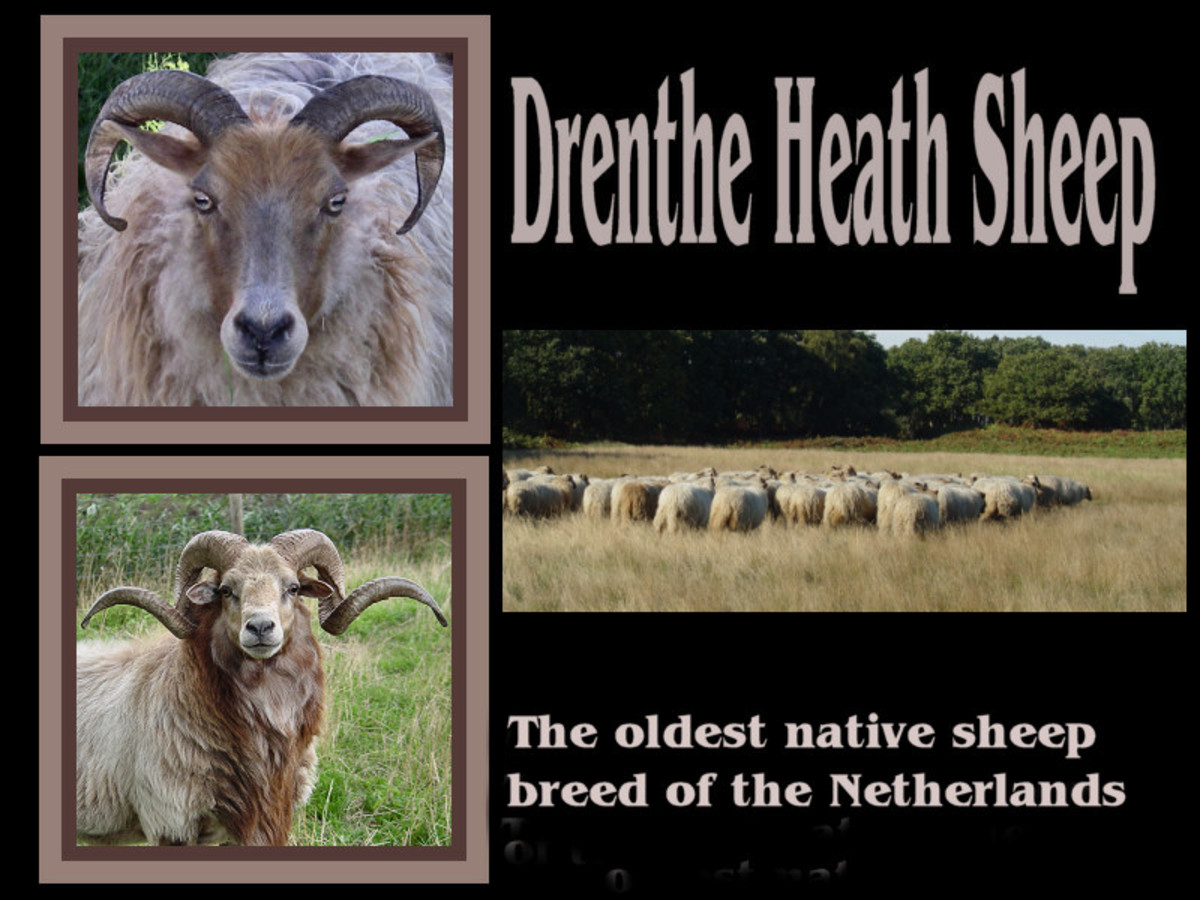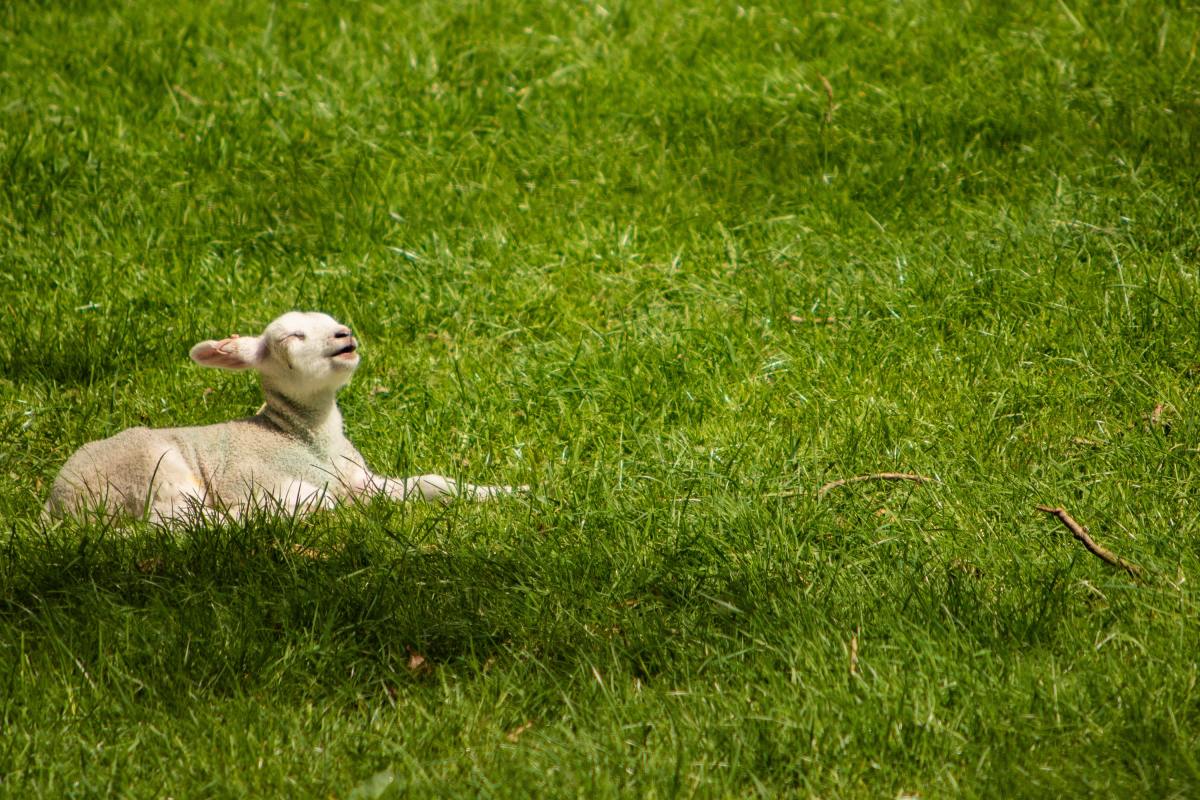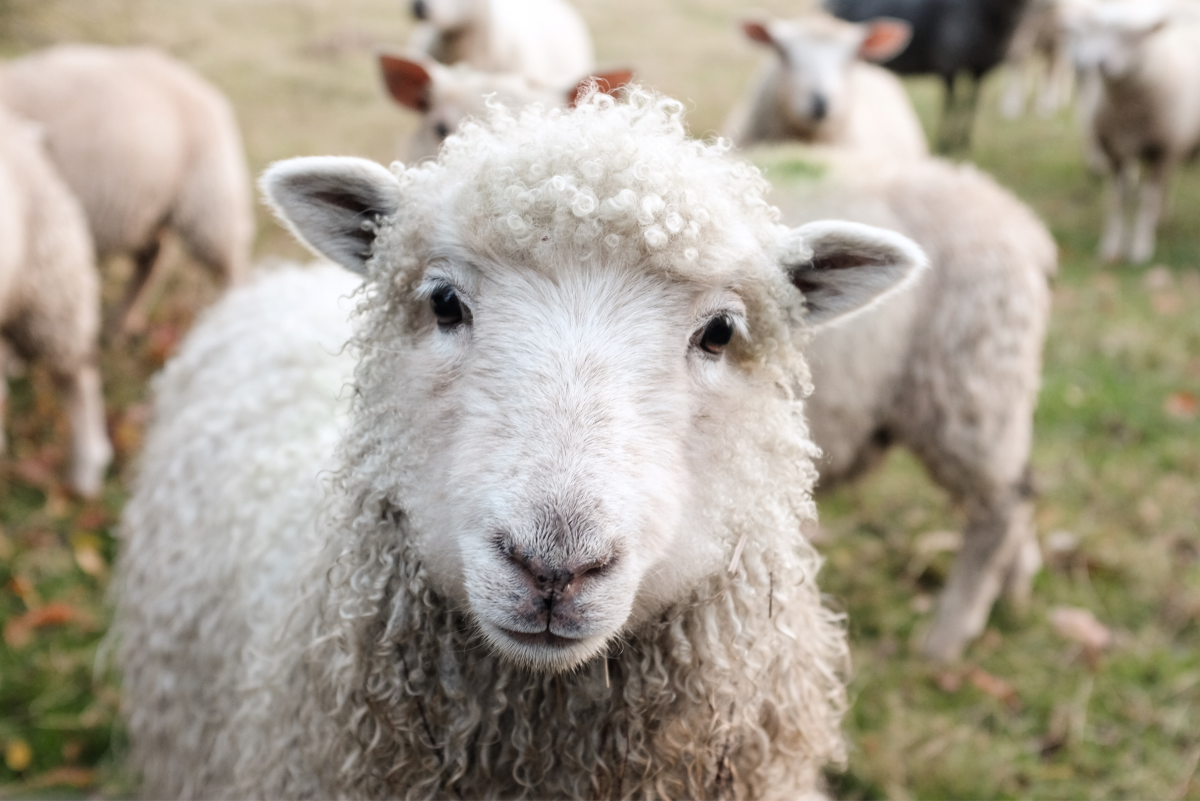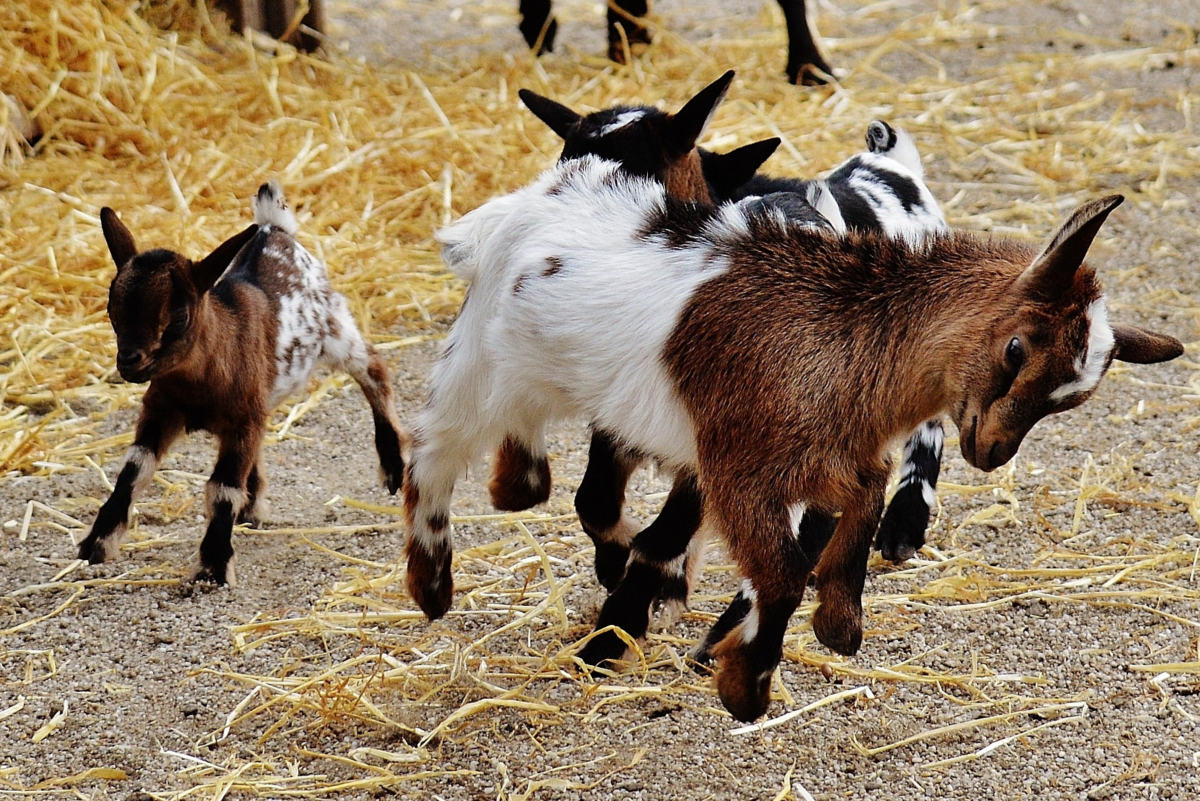How To Raise And Care For Sheep
How to raise and care-for sheep
At the age of 15 I started learning how to raise and care for Sheep for a Future Farmers Of America project in High School in the Gem State of Idaho.
I started out with 9 ewes I bought and picked out at the Livestock Auction. These ewes were around 7 years old and were being culled from a large ranch herd. I paid $9.00 per head for them. The breed of these sheep were Columbia. I found that after buying these sheep that one of them was blind,so I had to keep her separate from the others,as sheep are very aggressive towards one another when it comes to eating and you can't herd a blind sheep. I kept all my ewe lambs for breeding . The next thing I had to do was buy a Ram, so I purchased a Suffolk Ram from one of the local Ranches that were culling Rams. This old Ram was mean so you had to be careful around him as he weighed 250 pounds and would run over you if cornered and would bunt you if you turned your back on him. One year I was asked by a sheep rancher,if I would like to help move his sheep across the desert to summer range. My job would be camp tender. A camp tender is a person who moves the sheep camp up the trail to the next bedding area for the sheep.The herder is the person who moves the sheep up the trail. When you graze sheep across the desert range, you are usually headed for the mountain range to graze the sheep there during the summer months. It took 1 month to get to the base of the mountain range where the herder would be feeding the herd for the summer. This is where my job would end as a camp tender. The sheep camp would stay in one area for a week or so before it had to be moved to the next grazing location. There are a number of different theories regarding the origins of domestic sheep. However, most sources agree that they originated from mouflon. There are two wild populations of mouflons still in existence: the Asiatic mouflon which is still found in the mountains of Asia Minor and southern Iran and the which the only existing members are on the islands of Sardinia and Corsica. These two species are closely related with the only difference being the redder coloration and different horn configuration of the Asiatic mouflon. Some sources even hypothesize that the mouflon actually developed from the first domestic sheep in Europe being allowed to become feral and that all sheep are actually descendants of the Asiatic mouflon. Sheep were among the first animals domesticated. An archaeological site in Iran produced a statuette of a wooled sheep which suggests that selection for woolly sheep had begun to occur over 6000 years ago. The common features of today's sheep were already appearing in Mesopotamian and Babylonian art and books by 3000 B.C. Selection for wool type, flocking instinct and other economically important traits over the centuries has resulted in more than 200 distinct breeds of sheep occurring worldwide. Modern breeding schemes have also resulted in an increasing number of composite or synthetic breeds which are the result of a crossing of two or more established breeds.
Sheep Camp
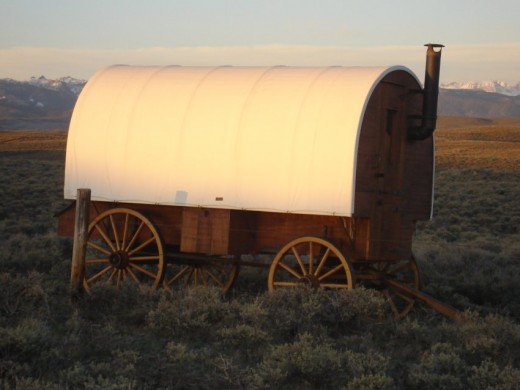
Buy a sheep raising book
Lambing Time
Sheep thrive in winter,therefore the housing is minimal.A three sided shed is adequate in most climates unless there is a mid winter lambing.In this case you need a warm place for lambs.
You need around 12 square feet of space for each animal.In Idaho we lambed inside a shed covered with canvas,and had a wood stove for warmth.The stove was for the lambers and the newborn lambs,as the ewes lambed outside.
The lamber would make his rounds outside every hour,as sheep in a huge flock of 1000 drop a lot of babies in a hurry.The temperature is in the 20s or low 30s.You also need to assist some ewes in having the lambs.
The baby may be coming into the world backwards and the feet tend to get lodged in the mother.So you will have to pull the baby to freedom by turning it around or pushing it back in and pulling the feet out first.This has to be done quite rapidly or the lamb will suffocate.This means you become a veterinarian also.The floor of the lambing shed can be dirt or concrete but not wood,and covered with 1 foot of straw.
Sheep manure is dry and can accumulate on the floor where it will warm the floor.It is cleaned out once each year.If it becomes wet and smelly it should be changed or it can cause pneumonia in the flock.A lamb creep can be set up for the new lambs to get to the special feeds and not the mothers.
The breeding season begins in the fall.It is advisable to feed the ewes a high protein diet as this bolsters their chances of having twins.Big flocks are usually pastured on hay fields after the last cutting of hay.This is a high protein diet also.But sheep raised in frigid areas have to have shelters to lamb in.
Lambing time is 148 days after mating.Be prepared to take good care of the lambs as soon as they are born,such as wiping them off especially around the nose,so it can breath better.Make sure the lamb suckles it's mother right away,as this will get the needed colostrum it needs to survive.
The colostrum has antibodies and vitamins.Sometimes an ewe will not feed the lamb.You will have to bottle feed the baby every two to four hours for the first few days.
After that bottle feed the lambs twice a day for two months.We call these lambs bummers as they will try to suckle other ewes.
Most big sheep men will give or sell the bums to an outside person,as it takes time to mix and feed milk for all the little critters.Once in a while another ewe will adopt the lamb,these are called gram mas.
Each ewe and her lambs are kept in a separate stall for a few days,as this helps mother and baby to recognize each other in the herd,from smell and the blat of each other.
You will also have to change the bedding,because lambs are susceptible to pneumonia and will die quick.Always keep dry bedding in the stalls and lambing barns.
After the lambs are a couple weeks old they are vacinated and the rams are castrated.I used rubber castration bands for my bucks.
A lot of Sheep men use knives to castrate their bucks. Also the tails of all lambs are docked at this time.Lambs will gain five pounds a week if fed properly,and when they reach 100 lbs.are sold for meat.Some of the ewes are kept back for breeding purposes
Lamb Chop recipe
2 large garlic cloves, crushed
1 tablespoon fresh rosemary leaves
1 teaspoon fresh thyme leaves
Pinch cayenne pepper
Coarse sea salt
2 tablespoons extra-virgin olive oil
6 lamb chops, about 3/4-inch thick
In a food processor fitted with a metal blade add the garlic,
rosemary, thyme, cayenne, and salt.
Pulse until combined. Pour in olive oil and pulse into a paste.
Rub the paste on both
sides of the lamb chops and let them marinate for at least 1
hour in the refrigerator.
Remove from refrigerator and allow
the chops to come to room temperature; it will take about 20
minutes.
Heat a grill pan over high heat until almost smoking,
add the chops and sear for about 2 minutes.
Flip the chops
over and cook for another 3 minutes for medium-rare and
3 1/2 minutes for medium.
Lamb Stew
Basque Lamb Stew Recipe
Ingredients
3 1/2 lbs. lamb shoulder, cut into 2 inch pieces
6 cloves garlic, crushed and peeled
1 sprig fresh rosemary
1/2 cup dry white wine
2 Tbsp extra-virgin olive oil
1 large onion, peeled and chopped
Salt and freshly ground pepper
2 teaspoons sweet paprika
3 canned roasted red bell peppers, cut into 1/2 inch strips
1 large ripe tomato, peeled, seeded, and chopped
4-6 sprigs parsley, chopped
1 bay leaf
1/2 cup dry, full-bodied red wine
1/2 cup chicken stock
Method
1 Combine the lamb, 3 of the garlic cloves, rosemary, and white wine in a medium bowl. Let marinate for 2-3 hours. Drain the meat, discard the marinade, and pat dry with paper towels. Mince the remaining 3 garlic cloves and set aside.
2 Heat olive oil in a large, heavy-bottomed pan with lid, over medium-high heat. Working in batches, brown the meat on all sides, about 10 minutes per batch.
Return all meat to the pot. Add onions, minced garlic, and salt and pepper to taste, and cook, scraping browned bits stuck to the bottom of the pot with a wooden spoon, until the onions are soft, about 5 minutes.
Stir in paprika, add roasted peppers, tomatoes, parsley, bay leaf, and red wine. Bring to a boil, reduce heat to medium, and simmer until juices in pot reduce and thicken slightly, about 10-15 minutes.
3 Add chicken stock, cover, reduce heat to low, and simmer, stirring occasionally, until meat is very tender, 2 to 2 1/2 hours. Adjust seasonings.
Optional: garnish with fresh mint leaves (though I have no idea how "Basque" that is, it just tastes good.)
Serves 4 to 6.
A herd Of Sheep on Range

Inside a Sheep Camp
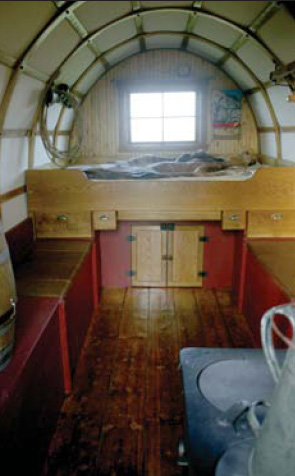
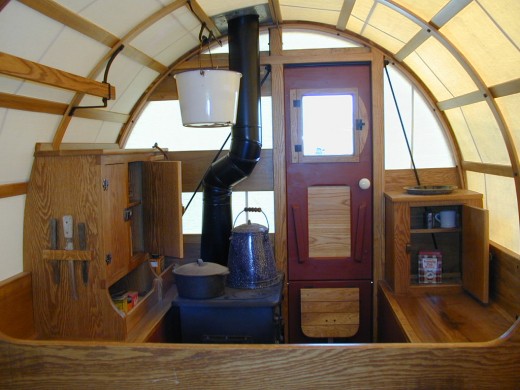
Castrating the Ram lamb;
There are multiple ways to castrate a lamb and here are a few.
Using the rubber elasterator is the fastest and cleanest way to castrate,as all you do is spread the elasterator open and slip the rubber band over the lambs testicles,making sure you have the testicles between the rubber elasterator and the bottom of scrotum.
Another method is cutting the scrotum sack off at the bottom and pressing a nut out far enough to get a hold of with the teeth,yea that's right your teeth.You pull on the nut and scrape the ventricles until they are severed,then move over to the next nut.
Another method is cutting the lower sack open and pushing the nuts up into the stomach area,then sew the sack shut,leaving no room for the nuts to fall back down.
I like using the rubber band method myself,but the basque's like pulling the nuts out with their teeth as they can eat the testicles later.Very good tasting.
It is wise to spray the open sack with a medicine after castration to keep germs from causing problems.
What is for Dinner
SHISH KABOBS
3 lbs.boneless lamb
2 large lemons juiced
2 t oions,grated
1 t coriander,ground
2 t tumeric
2 t salt
bell pepper chunks
cherry tomatoes
mushroom caps
1 grlic clove
4 t olive oil
2 t chili powder
1 t dried ginger
1 t curry powder
black pepper
onion wedges
zucchini,thickly sliced
1.Cut meat into 1 1/2 inch cubes.marinate in remaining ingredients for 3-6 hours.
2.Alternate marinated lamb and vegeetables on 6-8"wooden skewers.
Broil in oven or Barbeque.
Common Diseases of Sheep
On this page I have made it easy to find a great variety of sheep diseases.
worms,listerosis,black leg,blue bag,scabbies to name a few..
Rose and berry summer salad;
The brands of cheese found at the market or specialty store varies around the world,but becoming more available.
For this recipe you will need ;
7 oz.soft sheep's milk cheese or Brie cheese
6 cups mixed baby greens with baby red lettuceleaves or salad greens such as red romaine,red oak or other red lettuce leaves.
1/4 cup red rose petals or other or other assorted edible flowers
8 or 12 oz.s smoked white fish,smoked salon or black cod smoked,bones removed and cut into 6 pieces
1/4 cup snipped fresh dill
1/4 cup salad oil
1/4 cup champagne vinegar or white wine vinegar
1 tsp.sugar
1/2 teaspoon ground cardemon
1/2 tsp.coarsely ground black pepper
sea salt or plain salt and freshly ground black pepper
3 cups raspberries or blackberries
1.cut cheese into thin wedges,in a large bowl toss greens and rose petals.
2.On 6 salad plates arrange cheese,fish and mixed greens.Sprinkle with dill.
3.For dressing,in a small screw top jar,combine oil,vinegar, sugar,cardemon and coarsely ground pepper.Cover tightly and shake until well combined.
Season dressing with sea salt and freshly ground black pepper.Drizzle dressing over fish and greens.
serve with fresh berrys. makes 6 servings

Sheep docking
Sheep Docking,
It is very important to dock the tails on sheep,as this cuts down on maggets infesting the lambs.
You will use the same method to dock tails as castration with rubber bands.
JUst spread the banding pliers open and place over tail to the desired length.
I leave about 2 inchs of tail on the lamb.
Also by docking you get more money from the wool as it is cleaner,by not having fecal matter in it.
What you see is not always what you get – and this true story of a man and his dog is no exception.
Woven just under the surface of this simple parable,
The sheperd presents profound spiritual truth. It is the story of Lass, a worthless animal thought to be untrainable, who becomes a magnificent and valuable sheepdog – not terribly unlike how God's love can transform our worst characteristics into blessings that serve to further His Kingdom.
Allow yourself to see Biblical truth in this classic tale of what can happen when you yield to the Master.Good reading
An Easter Dinner
Rack of Lamb with Mint Pesto
- 1 cup(s) (firmly packed) fresh mint leaves, plus more for garnish (optional)
- 1/4 cup(s) chopped walnuts
- 1/4 cup(s) grated Parmesan cheese
- 2 clove(s) garlic, sliced
- 1/4 teaspoon(s) ground black pepper
- 1/4 teaspoon(s) salt
- 3 tablespoon(s) olive oil
- 2 (about 2 1/2 pounds each) racks of lamb, trimmed
Directions
- In the bowl of a food processor fitted with a chopping blade, process mint leaves and walnuts for 30 seconds. Add Parmesan cheese, garlic, pepper, and salt; pulse until mixed. With motor running, slowly add oil through feed tube until pesto mixture is smooth and well-combined.
- Place lamb in a large roasting pan. Rub mint pesto over lamb. Cover and refrigerate 2 hours.
- Heat oven to 350 degrees F. Uncover lamb and cook until a meat thermometer registers 145 degrees F for rare, 160 degrees F for medium, or 175 degrees F for well-done -- 55 to 65 minutes. Let rest 10 minutes.
- Transfer lamb to a cutting board and cut each rack into eight chops. Place lamb chops on serving platter and garnish with mint leaves, if desired.
Sheep Giving Birth
feeding sheep
Hard Times
Sheep of Wales
BAA BAA Black Sheep
Lamb Chops
Lamb chops
Some laughter
Wrongful killing
Sheep cheese
Rocky mountain bighorn sheep
